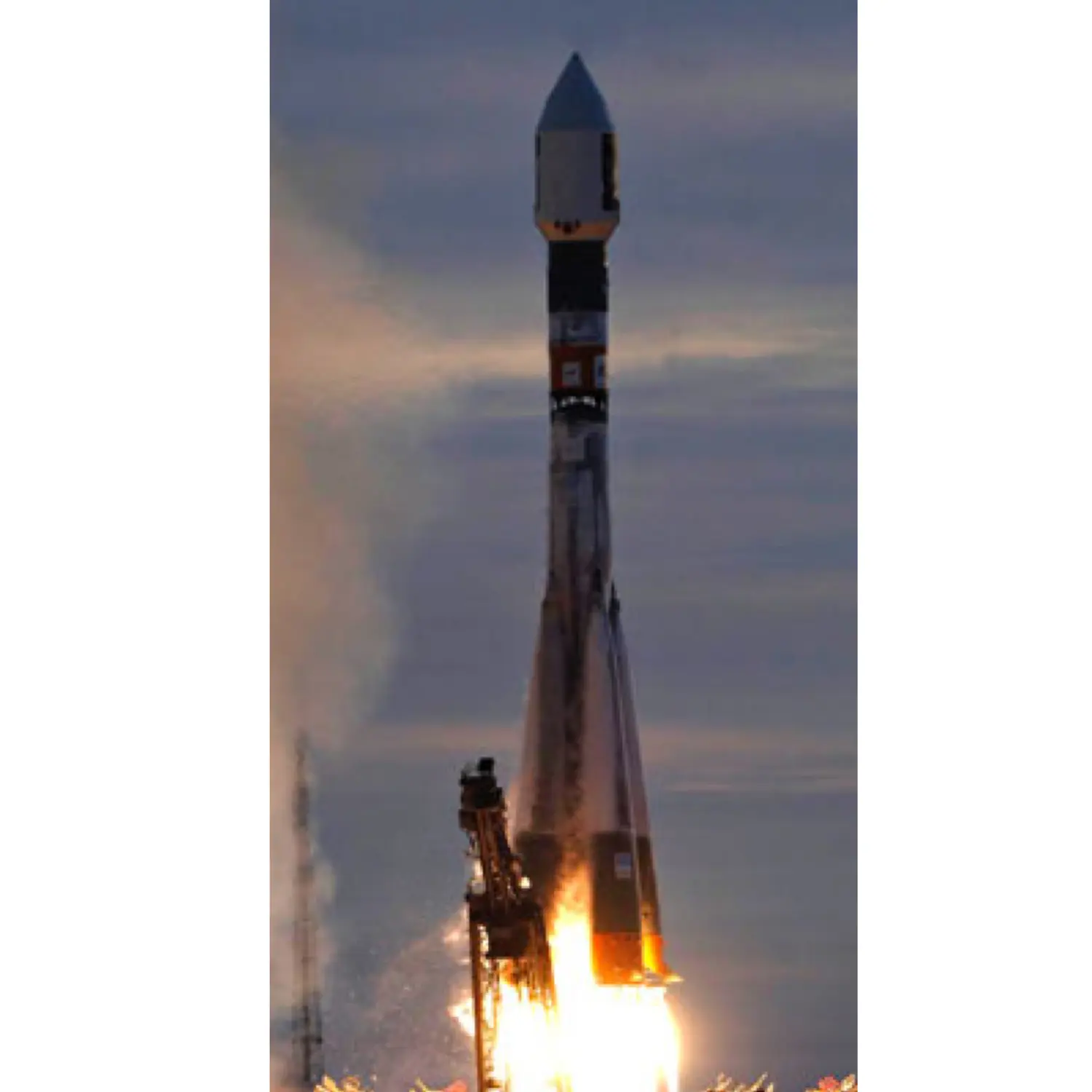Venus Express
Launch Success
Liftoff Time (GMT)
03:33:34
Wednesday November 9, 2005
Mission Details
Launch Notes
First European Venus mission. Flight ST-14.
Venus Express
Venus Express (VEX) was the first Venus exploration mission of the European Space Agency (ESA). Launched in November 2005, it arrived at Venus in April 2006 and began continuously sending back science data from its polar orbit around Venus. Equipped with seven scientific instruments, the main objective of the mission was the long term observation of the Venusian atmosphere. The observation over such long periods of time had never been done in previous missions to Venus, and was key to a better understanding of the atmospheric dynamics. It was hoped that[needs update] such studies can contribute to an understanding of atmospheric dynamics in general, while also contributing to an understanding of climate change on Earth. ESA concluded the mission in December 2014. Starting out in the early planetary system with similar sizes and chemical compositions, the histories of Venus and Earth have diverged in spectacular fashion. It is hoped that the Venus Express mission data that was obtained can contribute not only to an in-depth understanding of how the Venusian atmosphere is structured, but also to an understanding of the changes that led to the current greenhouse atmospheric conditions. Such an understanding may contribute to the study of climate change on Earth. Venus Express was also used to observe signs of life on Earth from Venus orbit. In images acquired by the probe, Earth was less than one pixel in size, which mimics observations of Earth-sized planets in other planetary systems. These observations were then used to develop methods for habitability studies of exoplanets.
Heliocentric Orbit
1 Payload
1,270 kilograms
Rocket


Manufacturer
RKK EnergiyaRocket
Height: 43.5m
Payload to Orbit
LEO: 7,300 kg
GTO: 1,800 kg
Liftoff Thrust
4,550 Kilonewtons
Fairing
Diameter: 3m
Height: 8.1m
Stages
4
Strap-ons
4
Launch Site
Stats
Soyuz FG
14th
Mission
4th
Mission of 2005
2005
49th
Orbital launch attempt